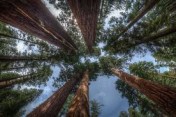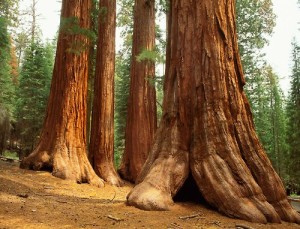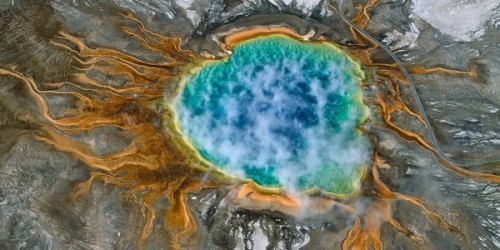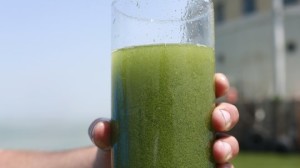The First and Largest Cathedral

 The planet is our most special habitat. It’s beauty can be simply overwhelming. Who are we to deserve such a place?
The planet is our most special habitat. It’s beauty can be simply overwhelming. Who are we to deserve such a place?
Two items caught particular attention in yesterday’s paper.
One was a review of a new book called The Work of Art That We All Inhabit. It’s a coffee table sort of publication with large images of the Earth’s “bounty of colors, and how they have been created.” These images are taken from places not easily accessed by most of us.
Something I don’t think I remembered is that our mother island was not the panoply of colors we know and appreciate in our time, such as on a visit to local open space or a national park. Our planet for about half its life so far showed colors of gray-black, blue and white.
Missing until rock weathering really took hold were the yellows, oranges and browns we see and artists record and interpret in so many creative ways. About 2 billion years ago, free oxygen was introduced to the atmosphere and started reactive chains to iron in the dark crust of Earth’s surface. Thereafter, Creator’s palette began to unfold widely.
“Green land plants [then] came along about 500 million years ago and have been around for just one-ninth of the earth’s history,” according to the article.
The photographs in the book are grouped by color.
To read more and see for yourself what this book offers and the reviewer’s considered thoughts about it, go here.

The other item, even on the same page of the paper, is dark. Offered is a discussion stemming from the polluted, very dangerous water that appeared in Toledo’s supply from the algae-infested Lake Erie.
A link between the two articles is cyanobacteria. The article, “A Rising 3-Billion-Year-Old Threat,” was actually published a few days earlier as “Cyanobacteria Are Far From Just Toledo’s Problem,” but, to my mind, the New York Times editors saw a notable juxtaposition when the book review was ready for press. See the earlier piece here as it contains an embedded video that may be of interest.